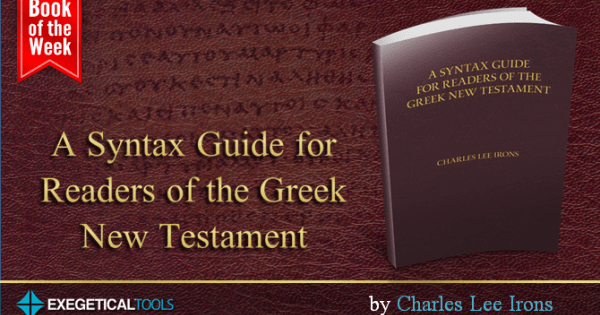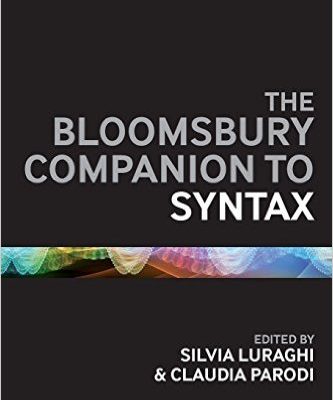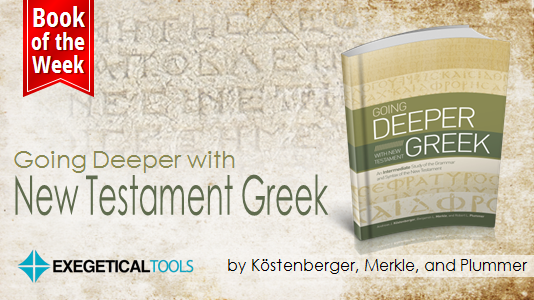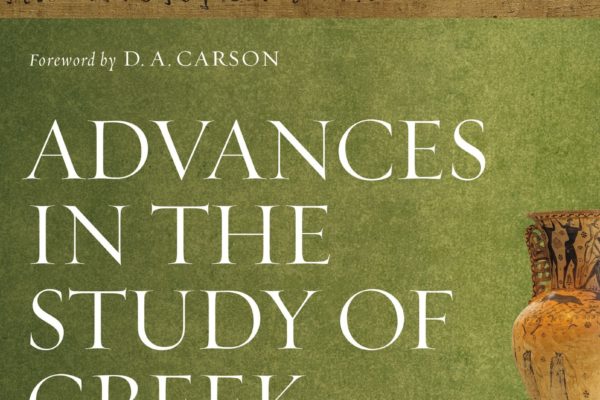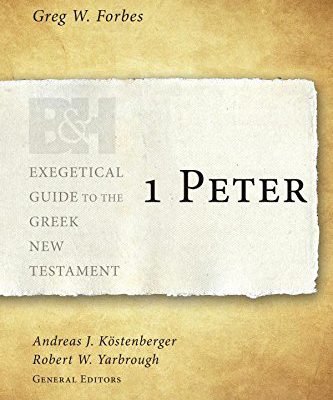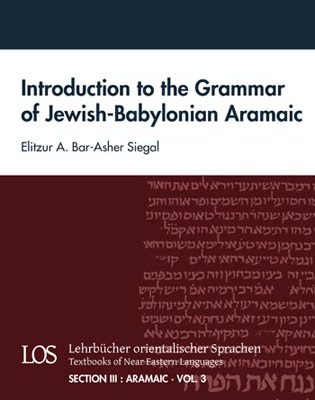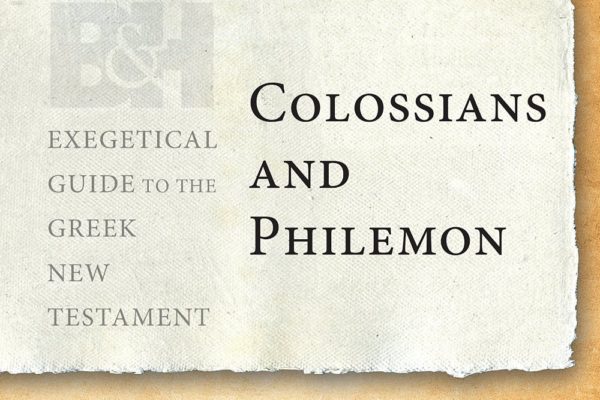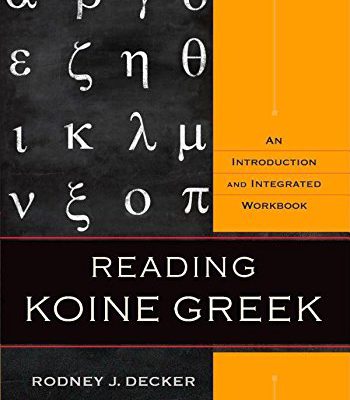Interview with Charles Lee Irons: Syntax, Exegesis, and Forthcoming
This week we featured Charles Lee Irons’ work, A Syntax Guide for Readers of the Greek New Testament, as our Book of the Week. And it is truly a resource to keep right next to your Greek New Testament. It could shave many precious minutes off your sermon preparation and keep you from flipping through your intermediate syntax categories every few minutes….


